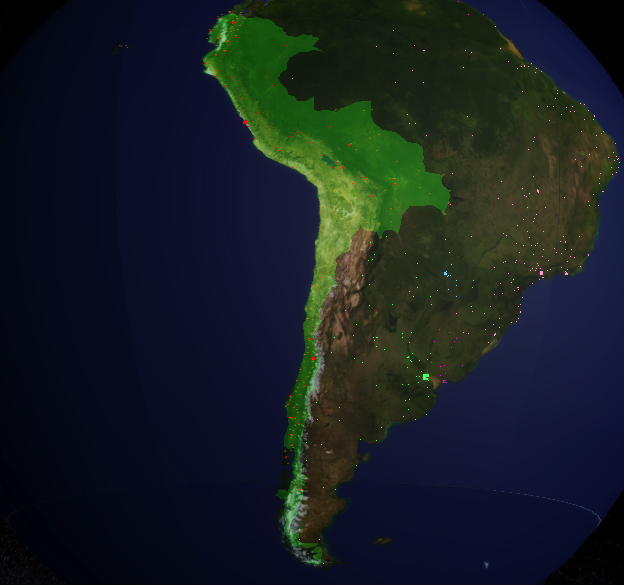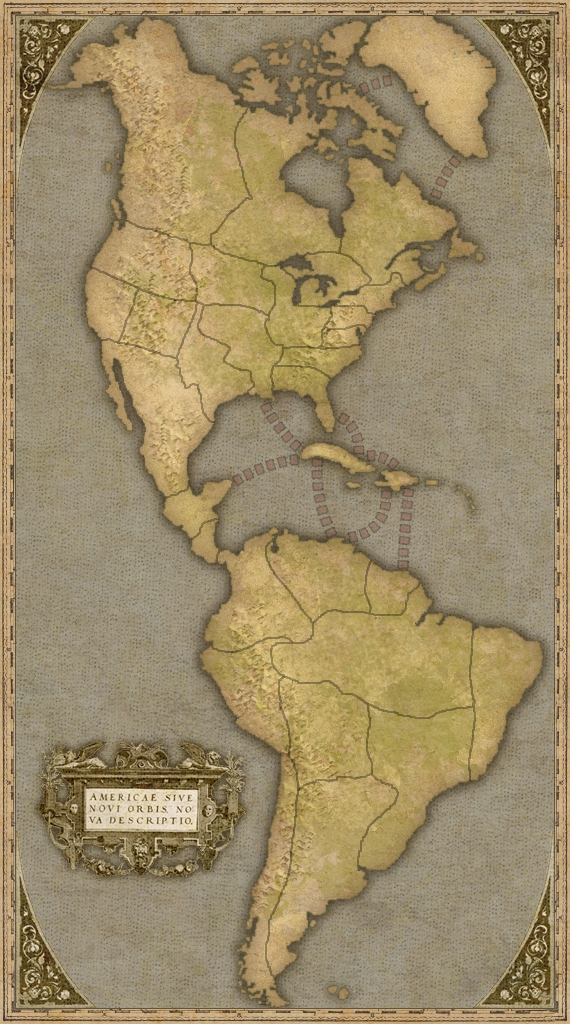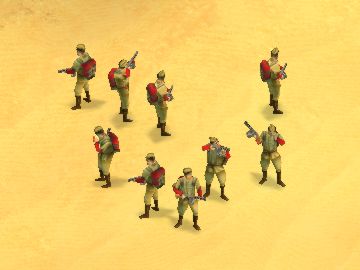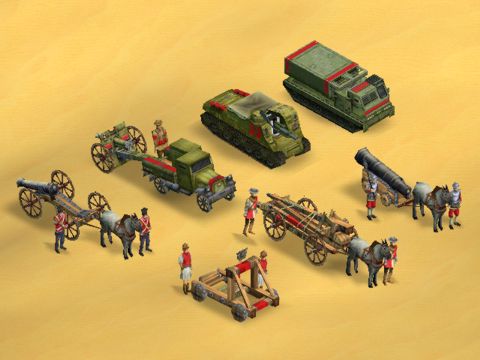
The beginning sentence of the last major section of the book illuminates some basic problems, both linguistic and syntactical: “An imperial folk who conceive of themselves greatly and who claim for their mission in history a pivotal importance must of course have an adequate language” (p.

Similarly, although Brundage disclaims expertise in the Quechua language, he has a good deal to say about Quechua and its importance to history.

Such strained reasoning, coupled with an approach which avoids consideration of economic factors or the total cultural system, inevitably brings Brundage’s interpretations into conflict with those of other historians and anthropologists. “The Incas of the Capac Ayllu inhabited Cuzco, not because it was a convenient or desirable site, or even because it was traditional to do so, but because they were Incas and Cuzco was in a real sense their whole existence” (p.

He is keenly aware of the importance of physical setting, and he takes great pains to convince the reader that Cuzco was far more than a sacred city. Lords of Cuzco is at its best as Brundage dramatically dsecribes the scenes of important events in and around Cuzco, giving the present-day appearance as well as his reconstruction of the sixteenth century vista. The text often lends itself more to impassioned oral recitation than to rapid silent reading. One expects that many readers, being only casually interested in the Inca world, will quickly tire of Quechua terminology, the minutiae of social and ritual organization, and Brundage’s difficult prose. Unfortunately the early documents which he has studied so assiduously are limited in scope. Brundage has tried valiantly to give the reader a real feel for or intimate understanding of Inca culture.

This historical framework is nearly hidden, however, by fanciful detailing of events and long, unintegrated considerations of Inca customs and beliefs. As a history of an elite in the last days of its greatness, this volume complements Brundage’s Empire of the Inca (1963), also in the Civilization of the American Indian Series.Ī fascinating tale of tyranny, intrigue, internal conflict, and finally dissolution in the face of the Spanish conquerors forms the skeleton of Lords of Cuzco. Brundage describes Lords of Cuzco as a history of the Inca “caste,” from the beginning of Huayna Capac’s rule to the “ultimate extinction,” set at 1572.


 0 kommentar(er)
0 kommentar(er)
